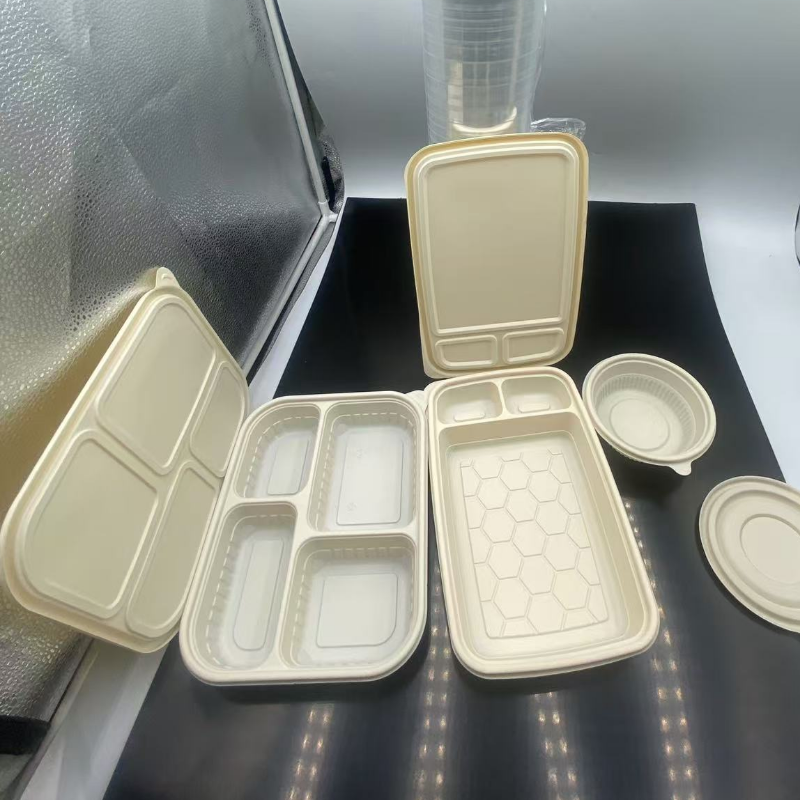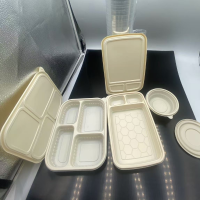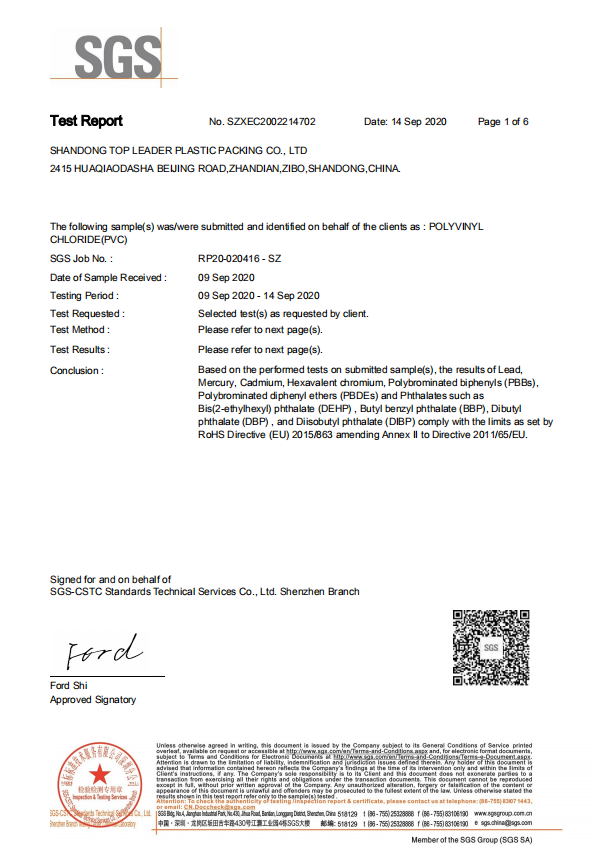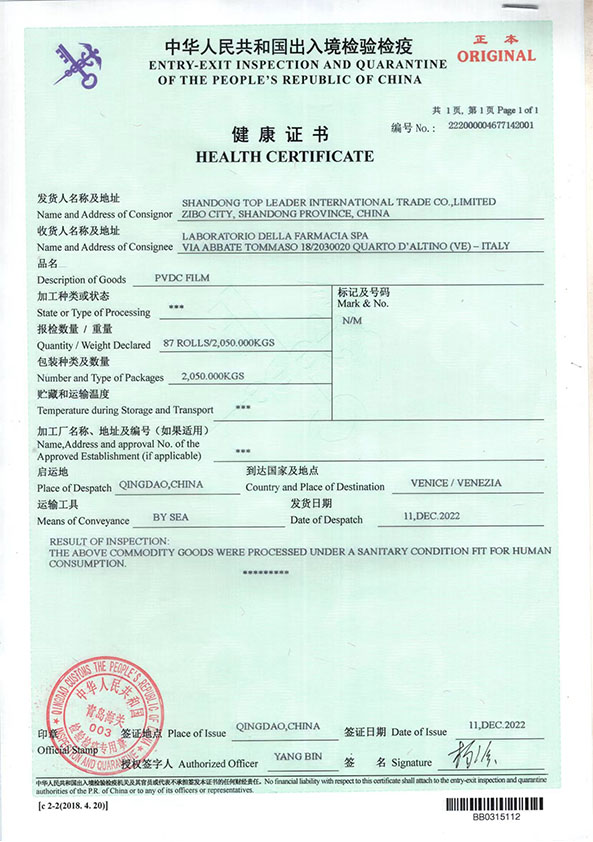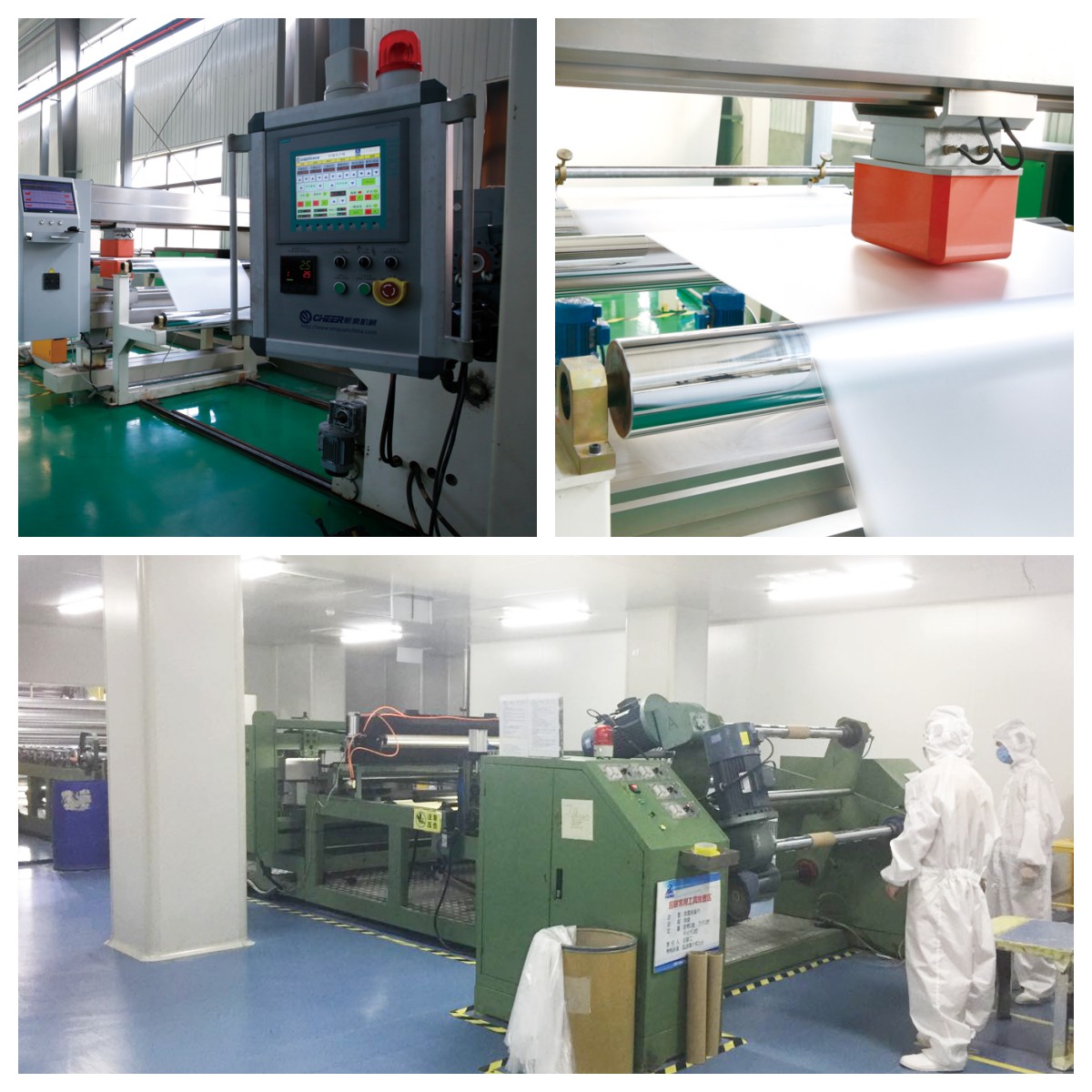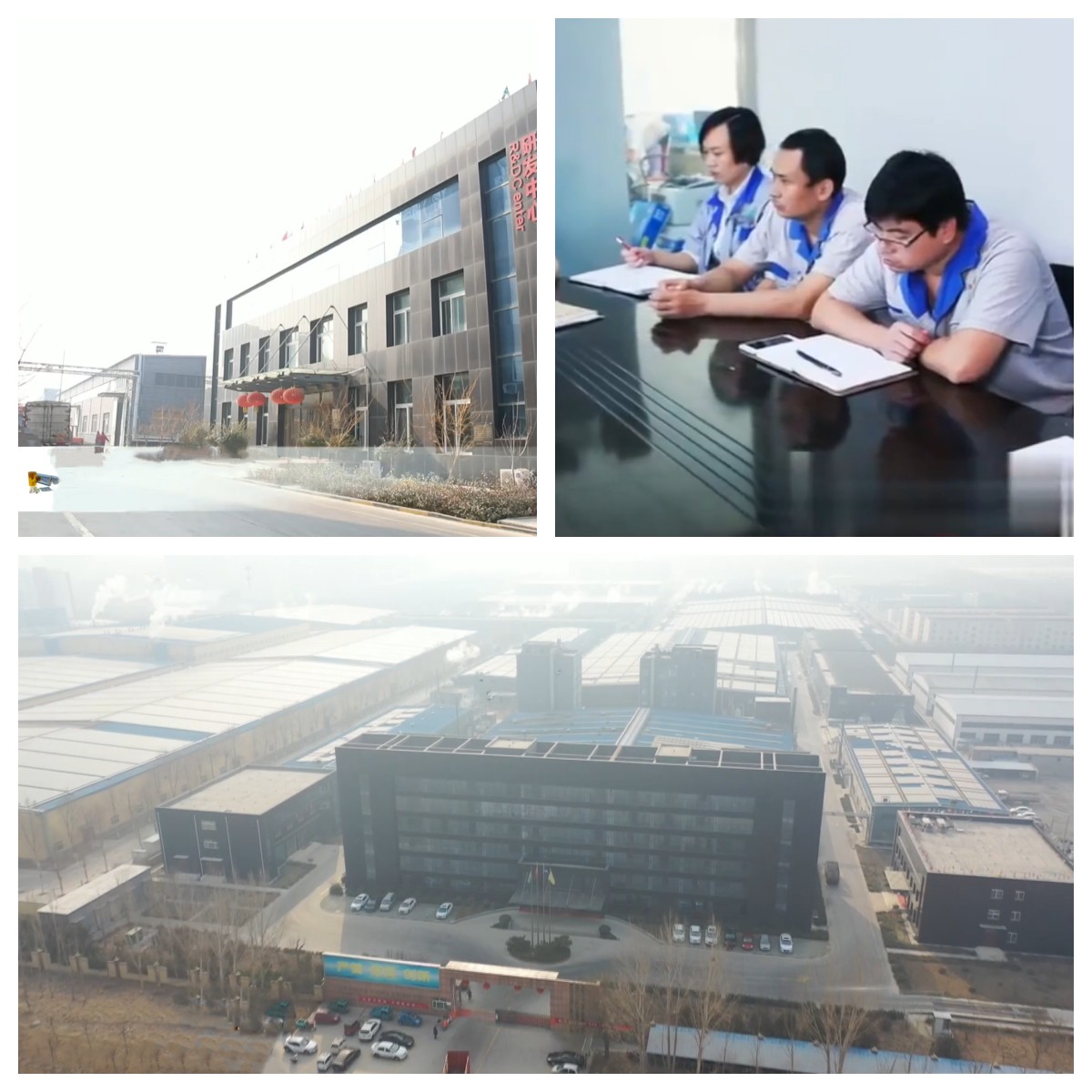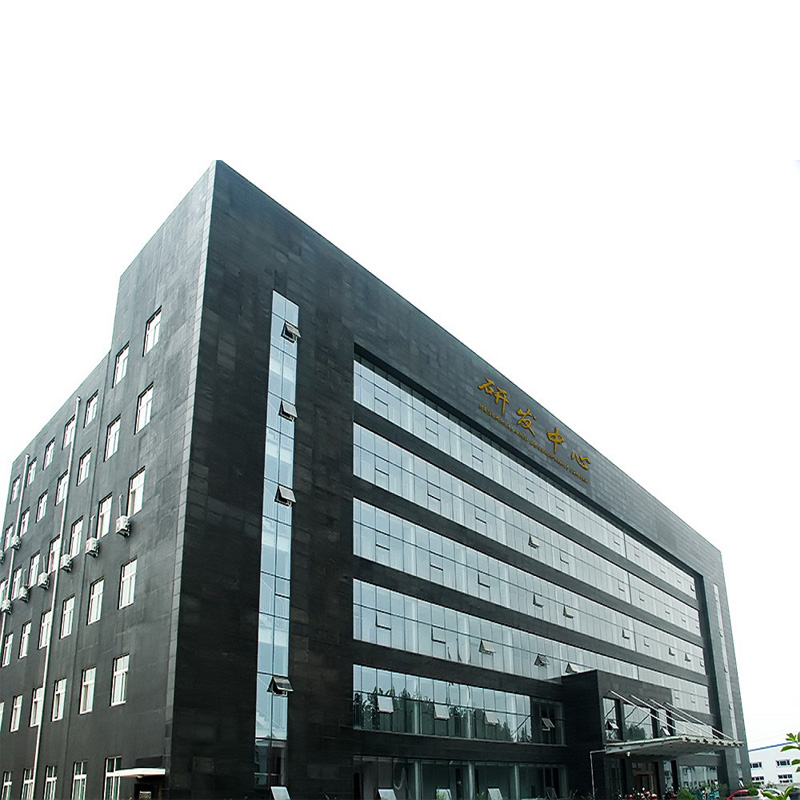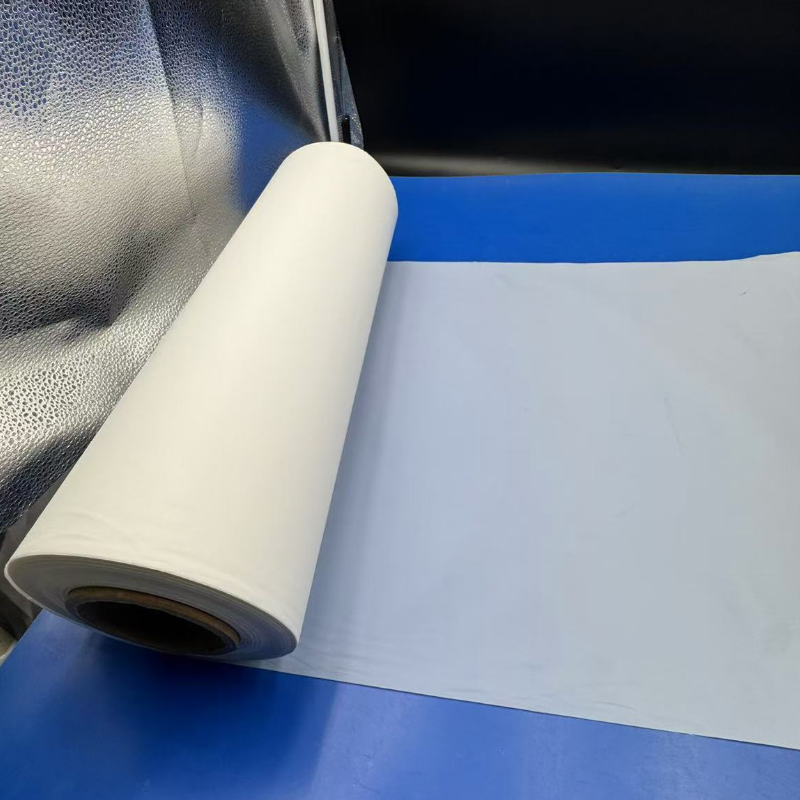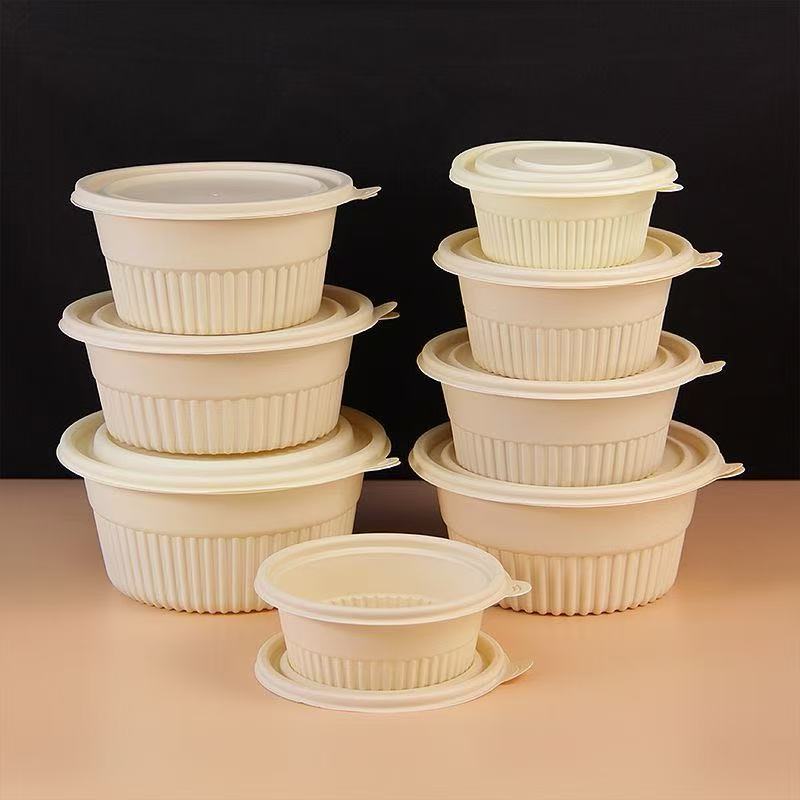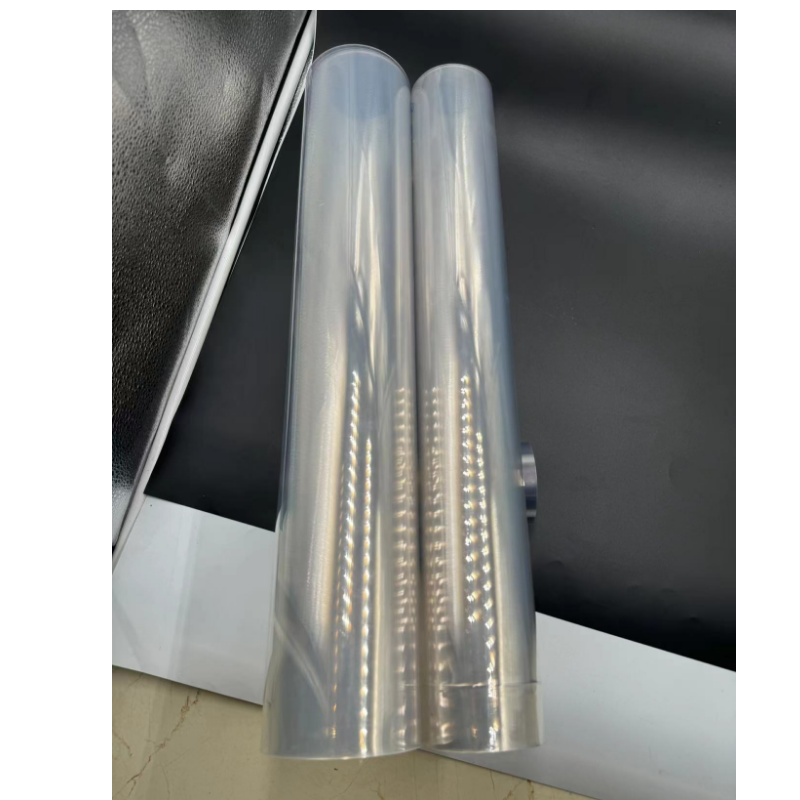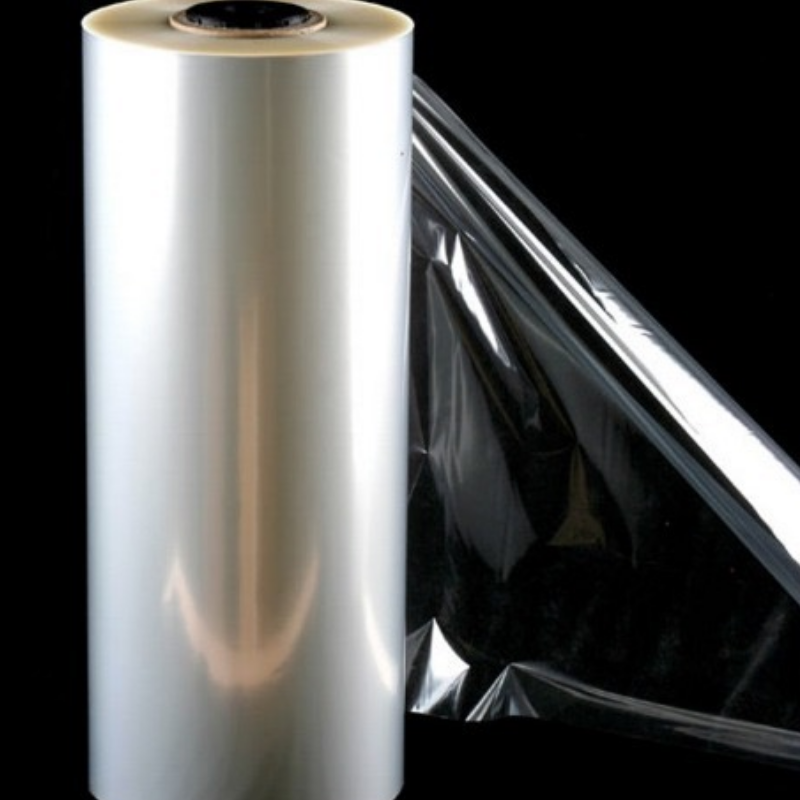
813 PLA The Promising Application of Biodegradable PLA Blister Tableware in Eco-Friendly Tableware
Material: PLA food trays
Thickness 0.25mm/customization
Size: Customization
GRADE: Food grade film
color: transparent/white/corn starch customization
location: china
usage :for food tray plant tray
- TOPLEADER
- china
- 15WORKING DAYS
- 5000T/M
- Information
- Video
- Download
The Promising Application of Biodegradable PLA Blister Tableware in Eco-Friendly Tableware and Beyond Abstract: This article comprehensively explores the extensive applications and remarkable significance of biodegradable PLA blister tableware in the realm of eco-friendly tableware and other related fields.

It delves into the unique properties of PLA, such as its biodegradability, compostability, and relatively good mechanical and thermal characteristics. With the help of lucid descriptions and relevant examples, it shows how this new tableware is going to bring a revolution in the field of food service and garbage disposal and at the same time solve the acute environmental problems related to conventional plastic tableware.
Keywords: Biodegradable PLA blister tableware; Eco-friendly tableware; Biodegradability; Compostability; Sustainable packaging
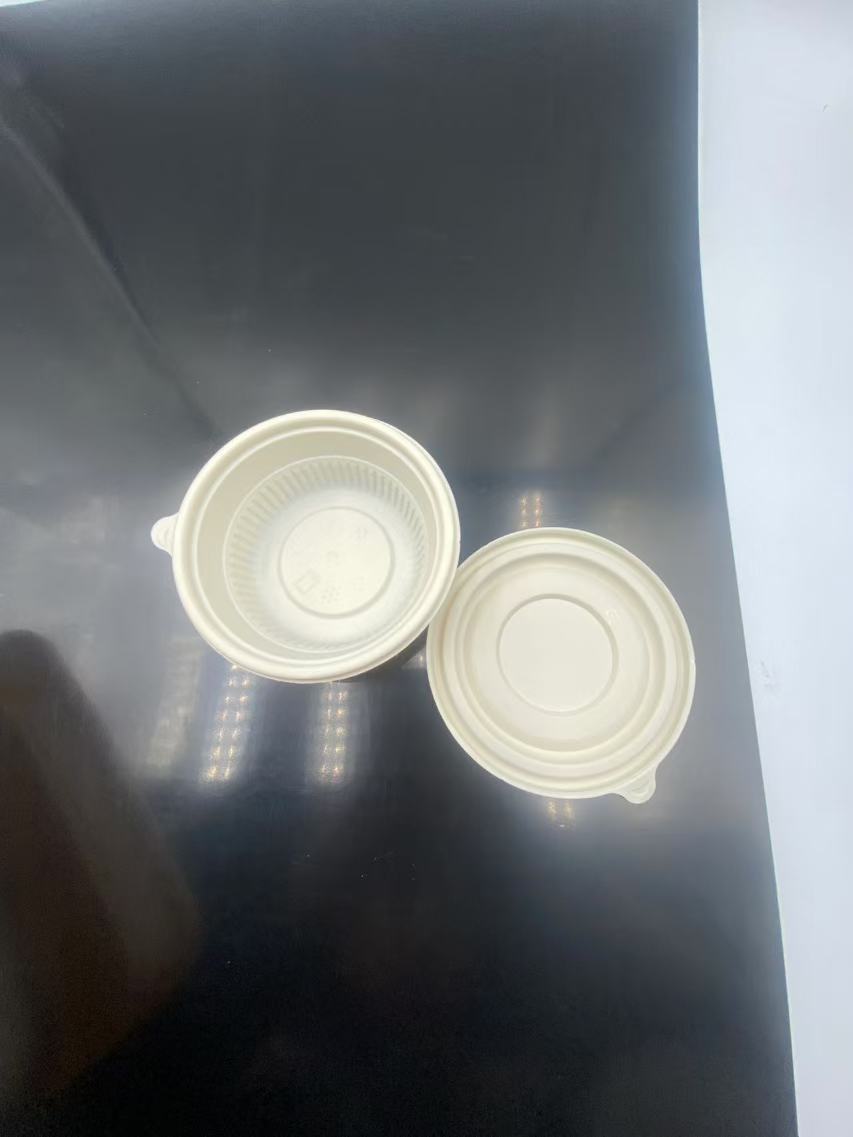
1. Introduction
In recent years, the global concern over environmental pollution and plastic waste has reached a fever pitch. The ubiquitous presence of single-use plastic tableware in landfills, oceans, and natural habitats has spurred an urgent need for more sustainable alternatives. Biodegradable PLA blister tableware has emerged as a beacon of hope in this context, offering a viable solution that combines functionality with environmental responsibility.
Polylactic acid, the most important matrix in this new tableware, originates from renewable resources including corn starch, tapioca root, or sugarcane. It is a kind of thermoplastic polyester that can be processed into many forms, one of which is blister packaging of tableware. Besides the convenient and hygienic way to serve food, it caters to the increasing need for green consumption.
2. Properties of Biodegradable PLA Blister Tableware
2.1 Biodegradability
The most important characteristic of PLA blister tableware is its biodegradability. Compared with conventional petroleum-based plastics, which take hundreds of years to degrade in nature, PLA can naturally depolymerize under certain conditions. In a composting environment, PLA is degraded by enzymatic hydrolysis to lactic acid monomers, which can then be metabolized further by microorganisms. For instance, PLA tableware would decompose in a few months to a year in an industrial composting facility with proper management, without producing any toxic residues. These contrast with conventional plastic forks and spoons, which could take centuries to break down and would cause long-term harm to the ecosystem.
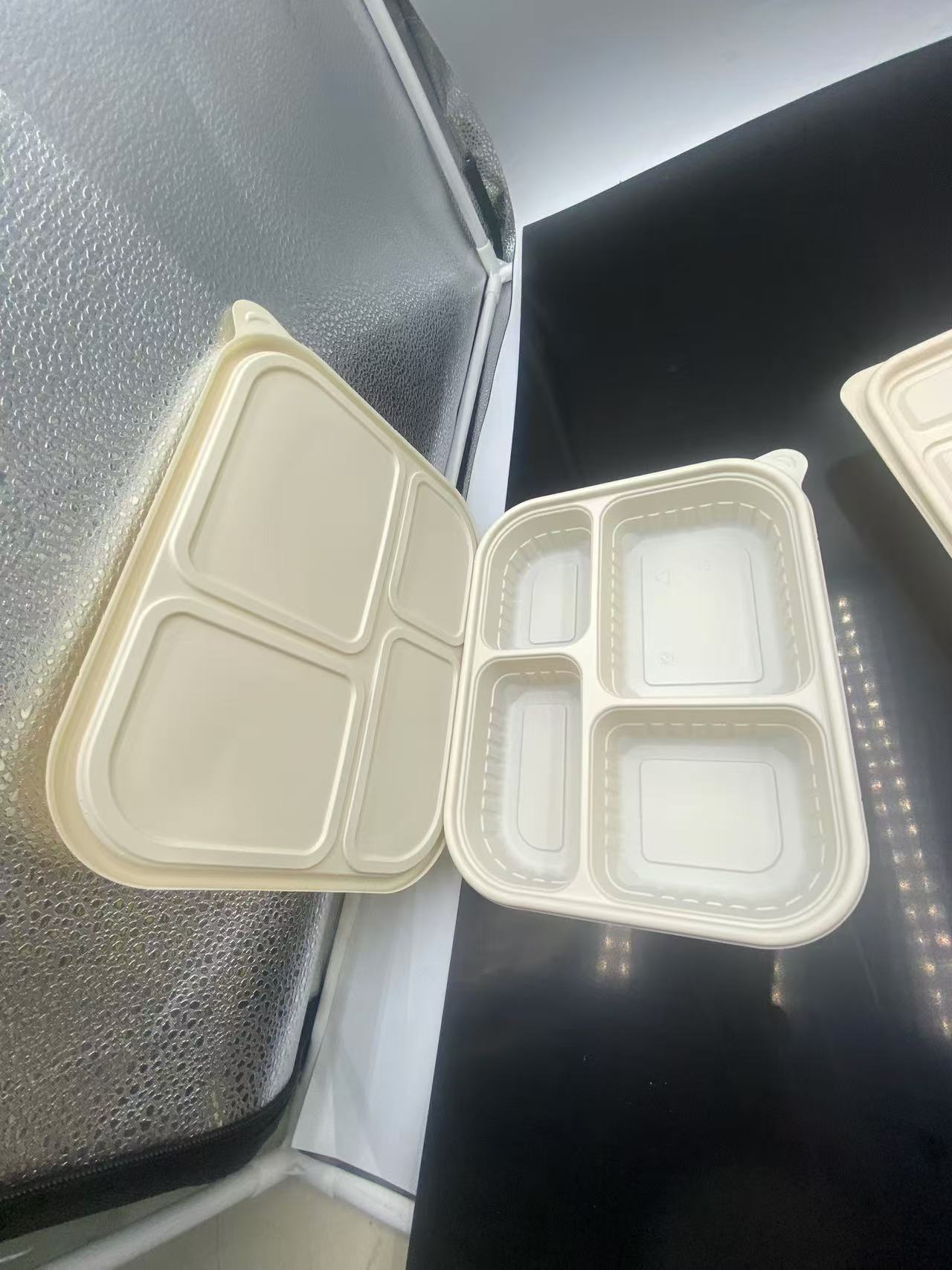
2.2 Compostability
Biodegradable PLA blister tableware is also compostable. This means that it can be converted into nutrient-rich compost that can be used to fertilize soil and support plant growth. The composting process of PLA helps to close the loop in the waste management cycle, reducing the need for landfill space and minimizing the environmental impact of waste disposal. PLA tableware can provide high-value compost in either a backyard compost pile or a municipal composting operation. For example, a restaurant that switches from traditional tableware to PLA blister tableware can greatly reduce its waste sent to landfills and, at the same time, provide a useful resource to farmers or gardeners.
2.3 Mechanical Properties
Being biodegradable, PLA blister tableware has relatively decent mechanical properties. It has enough strength and rigidity to hold a variety of foods and serve them. PLA cutlery can bear the force applied by a user while cutting or scooping food, and PLA plates and bowls are able to bear the weight of food on them without deforming or breaking easily. A hearty meal of steak and vegetables, for instance, could be carried on a single PLA plate without sagging or cracking, thus providing a stable surface on which to dine. This mechanical integrity is important in ensuring a decent user experience and hence positioning PLA tableware as a practical option to compete against traditional plastic or paper tableware.
2.4 Thermal Properties
PLA has an adequate temperature property profile, which enables the serving of foods within a wide range of serving applications, from cold to warm, at relatively low to moderate temperatures. It should be mentioned, though, that PLA has a low melting point compared with some plastics, which could prevent one from using it in highly hot liquids or in cooking food that needs very high-temperature treatment. A cup made of PLA will be able to hold a hot cup of coffee or tea for quite a period of time without huge distortions, while prolonged contact with boiling water is likely to soften it. However, with appropriate handling and consideration concerning its constraints, PLA blister tableware will be efficient in delivering a wide scope of needs related to both food and beverages.
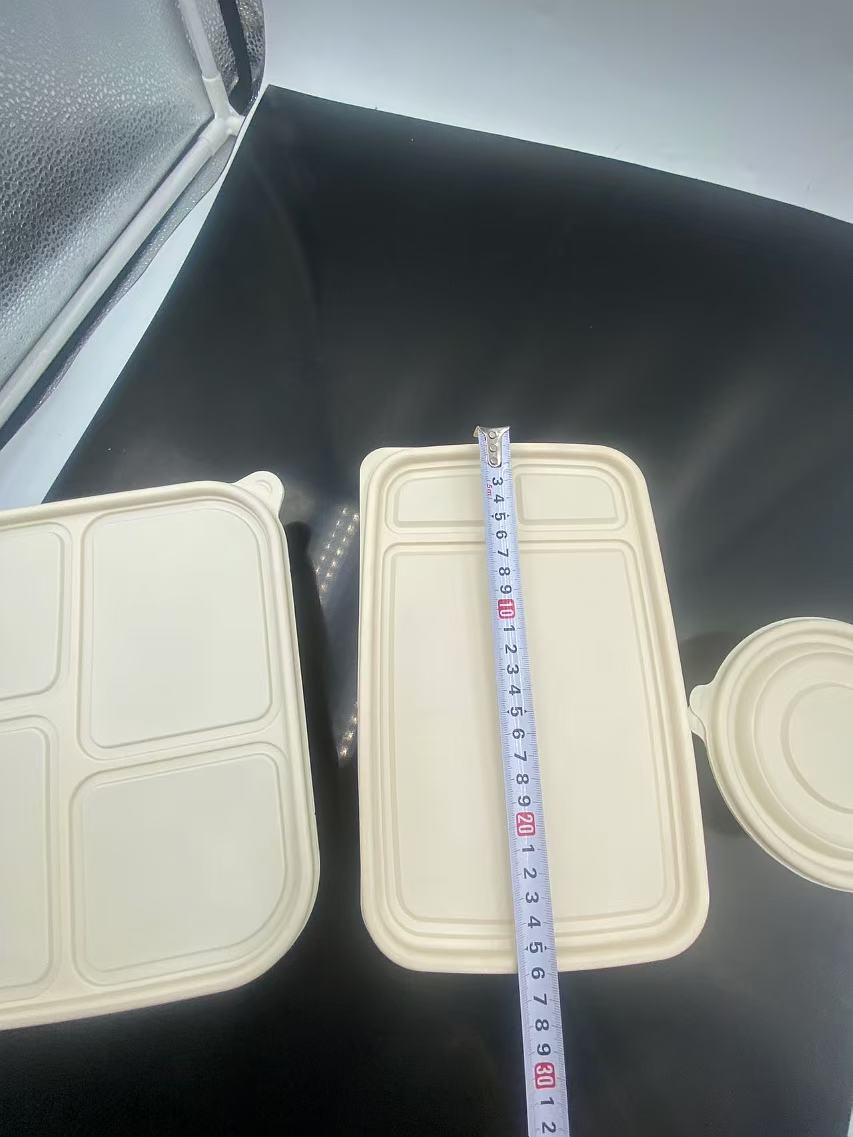
2.5 Transparency and Appearance
Most of the PLA blister tableware has different degrees of transparency that result in an appreciable appearance; similar to conventional plastic tableware, for instance, the food inserted inside a transparent PLA package is well visible, enriching its attractiveness. Additionally, PLA can be easily colored or printed on, enabling manufacturers to create attractive and branded tableware. For example, a PLA salad bowl with a clear or tinted finish can showcase the vibrant colors of the fresh salad ingredients, making the dish more inviting. The ability to customize the appearance of PLA tableware also makes it suitable for various occasions, from casual picnics to formal dining events.
3. Application in Environmentally Friendly Tableware
3.1 Food Service
In recent years, biodegradable PLA blister tableware has gained favor for its use in the food service industry. Restaurants, cafes, and fast-food chains have already applied PLA plates, bowls, cutlery, and cups in serving their customers. For example, some popular coffee shops use PLA cups and lids for packaging their takeaway drinks, which enables them to reduce the volume of non-biodegradable Styrofoam cups. A family-friendly restaurant might serve meals on PLA plates and provide PLA cutlery, which then get composted along with the food waste. The benefits not only include added value to the establishment with a reduction in environmental impact but also a positive message for environmentally aware customers, improving the reputation and attracting an increasing segment of the market that values this aspect.

3.2 Catering and Events
Catering companies and event organizers are also turning to PLA blister tableware. At weddings, corporate events, and outdoor festivals, large quantities of tableware are needed. PLA tableware offers a convenient and eco-friendly solution. For example, at a music festival with thousands of attendees, using PLA plates and utensils means that the waste generated can be more easily managed and composted. The quality of service and the presentation of food can be just as good with PLA tableware as it is with other tableware, serving appetizers, main courses, and desserts. Biodegradability of PLA also meets the event's nature, which is usually short-lived and with high volume, where waste management becomes a big challenge.
3.3 School and Office Cafeterias
Biodegradable PLA blister tableware is being applied to educational institutions and office cafes. Schools are increasingly becoming conscious of teaching students about environmental stewardship, with the switch to PLA tableware being a concrete way of showing sustainable practices. In an office cafeteria, employees can enjoy their lunches on PLA plates and use PLA cutlery, knowing that their waste is not contributing to the long-term pollution of the planet. For instance, a university cafeteria serving thousands of students daily can reduce plastic waste output significantly by replacing traditional plastic tableware with PLA alternatives. This also makes the waste management process easier, as PLA tableware can be separated and composted more easily than mixed plastic waste.
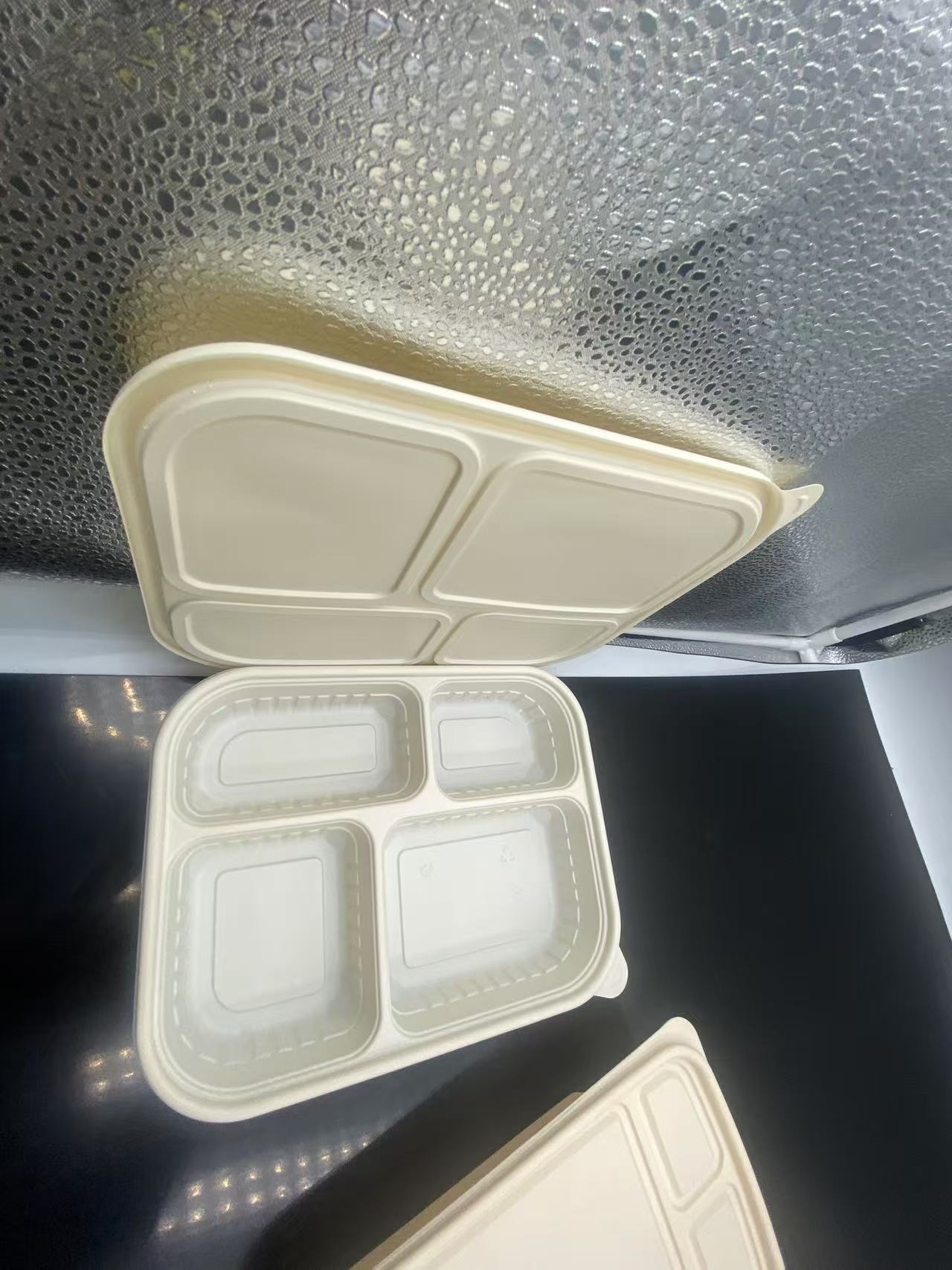
3.4 Airlines and Travel Industry
The travel industry, including airlines and train services, is also exploring the use of PLA blister tableware. Airlines, in particular, generate a large amount of waste during flights, and the use of biodegradable tableware can help to reduce their environmental impact. For instance, PLA trays can serve meals for passengers on a long-haul flight, while PLA cutlery and cups can also be used. The lightweight nature of PLA will have an added advantage of reducing fuel consumption since lighter tableware means less overall weight on the aircraft. Hotels and resorts could also use PLA tableware in their in-room dining services and buffet setups to offer their guests an environmentally friendly dining experience.
4. Advantages and Importance of Using Biodegradable PLA Blister Tableware
4.1 Environmental Protection
The most important benefit of using PLA blister tableware is the protection it offers to the environment. Replacing traditional non-biodegradable plastic tableware, it helps reduce plastic waste that ends up in landfills and oceans. The reason behind this is that it will reduce the chances of hazard to wildlife, which is often mistaken for food or gets entangled by plastic. For instance, it has been reported that sea turtles and seabirds ingest plastic debris that results in internal injury and death. The biodegradability and compostability of PLA further reduce GHG emissions associated with waste disposal. PLA, when decomposed in a composting environment, releases carbon dioxide-a part of the natural carbon cycle-rather than methane, a potent greenhouse gas produced in landfills. 4.2 Resource Conservation As PLA is manufactured from renewable resources like plants, its usage helps conserve resources. Unlike the petroleum-based plastics that depend on limited fossil fuel reserves, renewable biomass is used in the production of PLA. This helps to reduce our dependence on non-renewable resources and encourages a more sustainable approach to materials production. For instance, the cultivation of corn or sugarcane for PLA production can be managed in a way that supports local agriculture and soil health. Also, composting of PLA tableware gives nutrients back to the soil, further enhancing the circular economy and reducing the need for synthetic fertilizers.
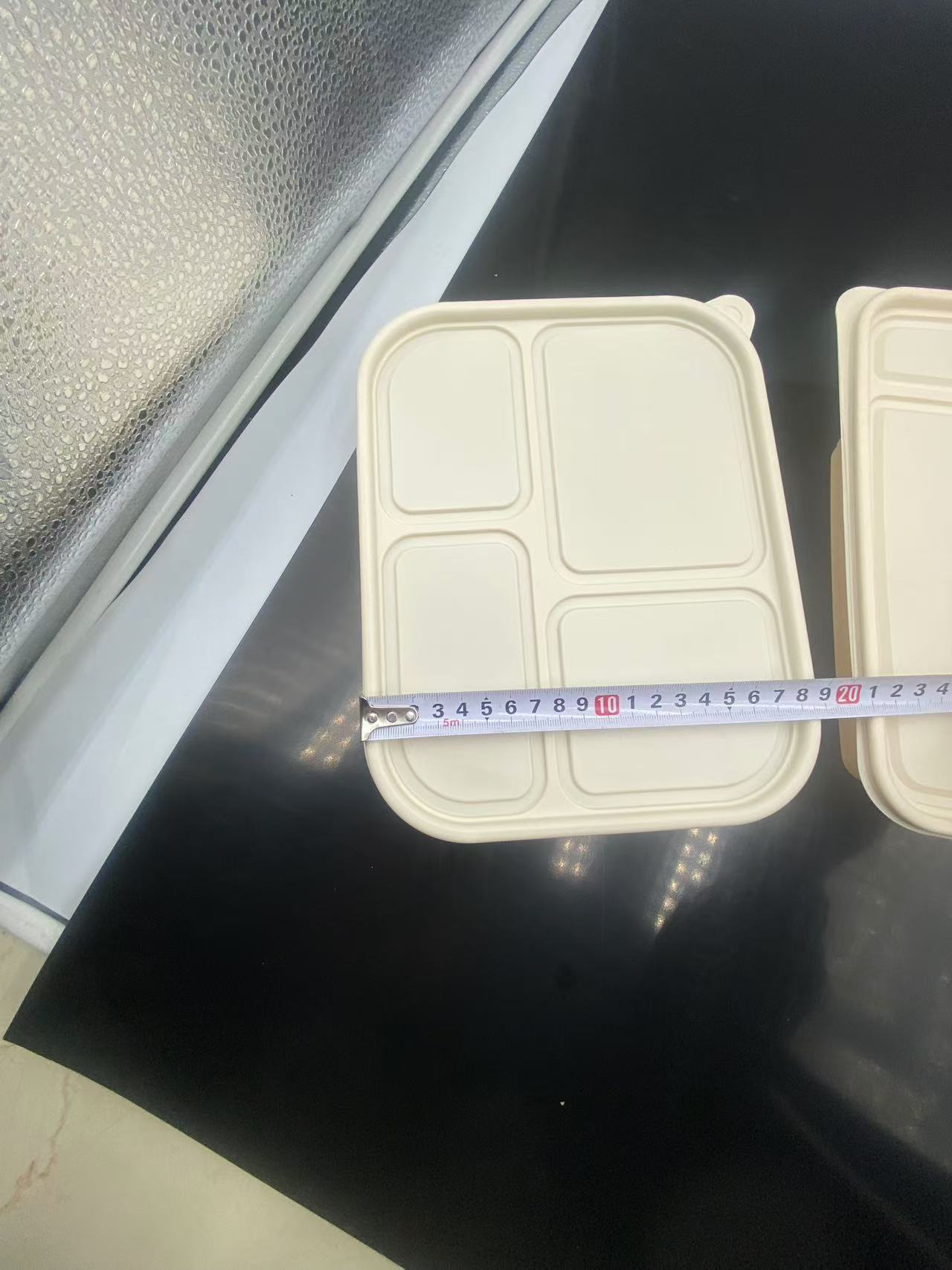
4.3 Consumer Awareness and Acceptance: With the increasing availability and use of biodegradable PLA blister tableware, consumer awareness of general environmental issues and sustainable consumption will increase. When consumers use PLA tableware, they are more likely to think about the environment and may be inspired toward sustainable lifestyle changes. Besides, with the increase in the prevalence of PLA tableware, consumers are generally accepting of it, especially when they understand the benefits. For example, a survey might show that a majority of consumers are willing to pay a slightly higher price for a meal served on biodegradable tableware, knowing it is better for the environment. The increased acceptance and demand for PLA tableware are encouraging more and more businesses to join in, thereby creating a positive feedback loop that is conducive to sustainable development.
4.4 Regulatory Compliance and Industry Standards
As environmental protection draws increasing attention globally, regulations and standards on plastic waste reduction and the use of biodegradable materials have been promulgated in many countries and regions. Biodegradable PLA blister tableware will help an enterprise meet regulatory requirements and achieve industrial standards. For instance, several cities ban the usage of specific single-use, non-biodegradable plastics. PLA tableware acts as a legal and biodegradable replacement in that aspect. Second, development related to the setting up of international standards for biodegradable plastics, such as ASTM D6400 and EN 13432, guarantees a situation whereby PLA tablewares satisfy the necessary requirements of being biodegradable or compostable and give consumers and businesses much confidence in the environmental claim of such products.
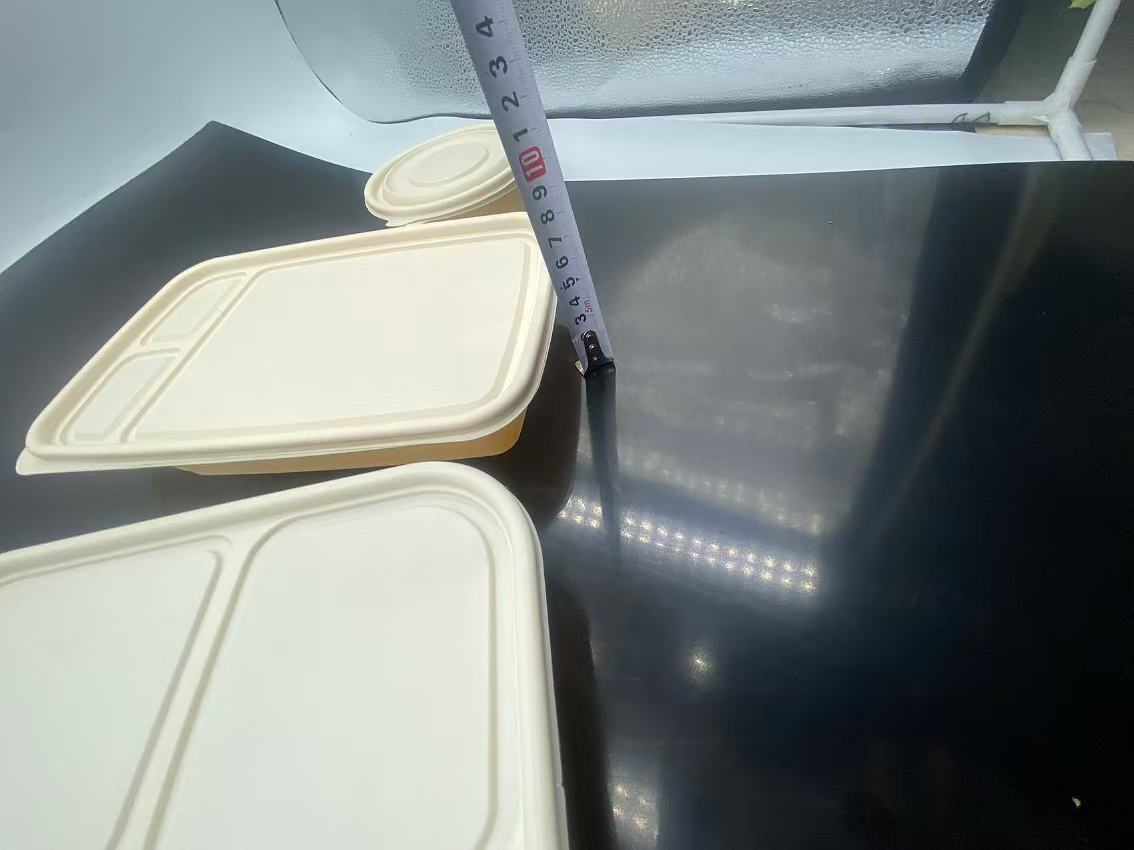
4.5 Innovation and Market Growth
The development and application of biodegradable PLA blister tableware have driven innovation within the packaging and tableware industries. Manufacturers are still trying to improve the properties of PLA, such as thermal resistance or mechanical strength. This innovation not only benefits the performance of PLA tableware but also drives the growth of the sustainable packaging market. For instance, research on new additives or processing techniques could lead to the development of PLA tableware resistant to higher temperatures, thus enabling new applications within the food service sector. The expansion of the PLA tableware market also offers a number of business opportunities and new jobs, from the production of PLA resins to manufacturing and distribution in the tableware industry.
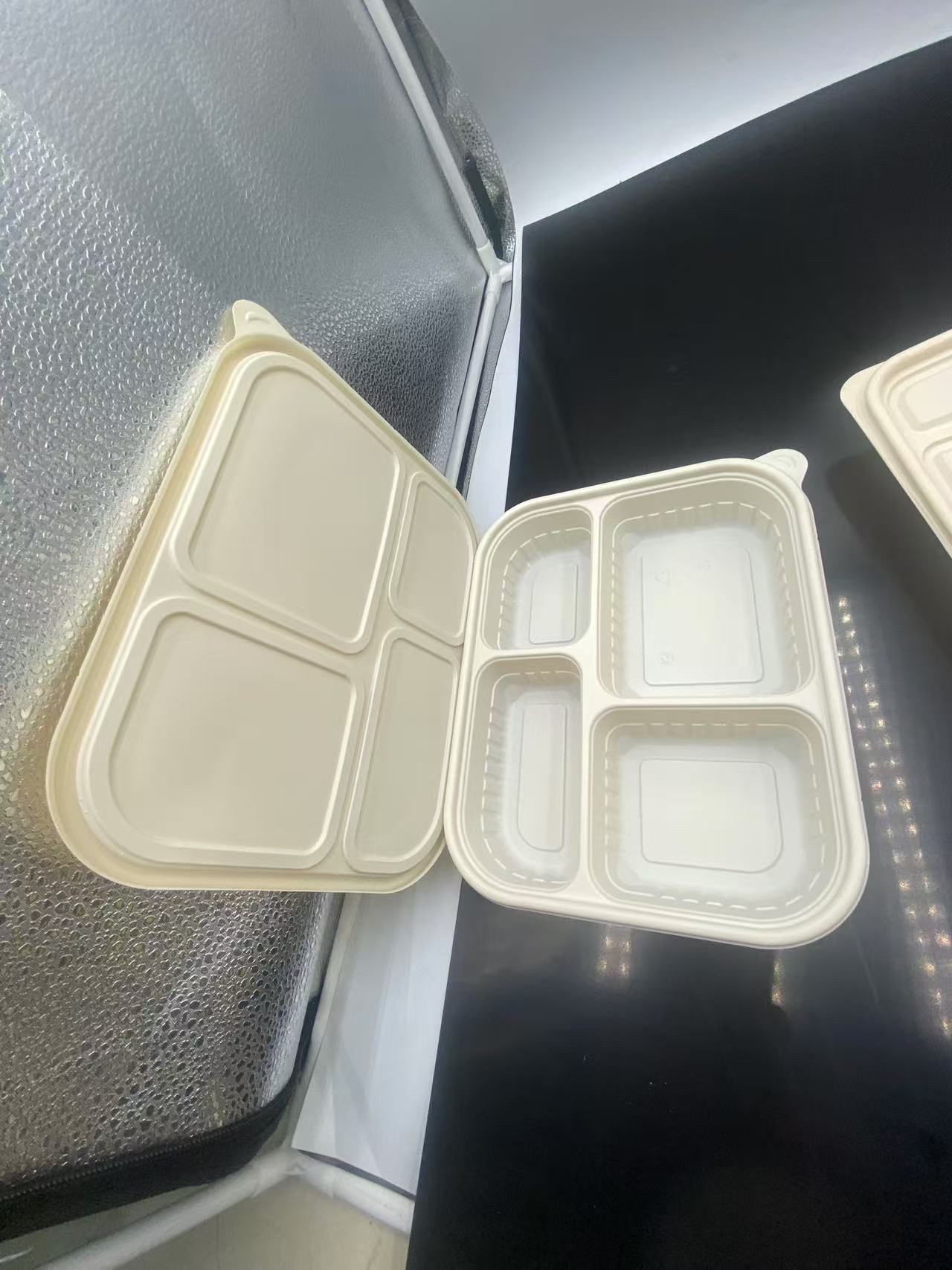
5. Future Trends and Developments
As the demand for sustainable tableware continues to grow, several future trends and developments are expected in the field of biodegradable PLA blister tableware.
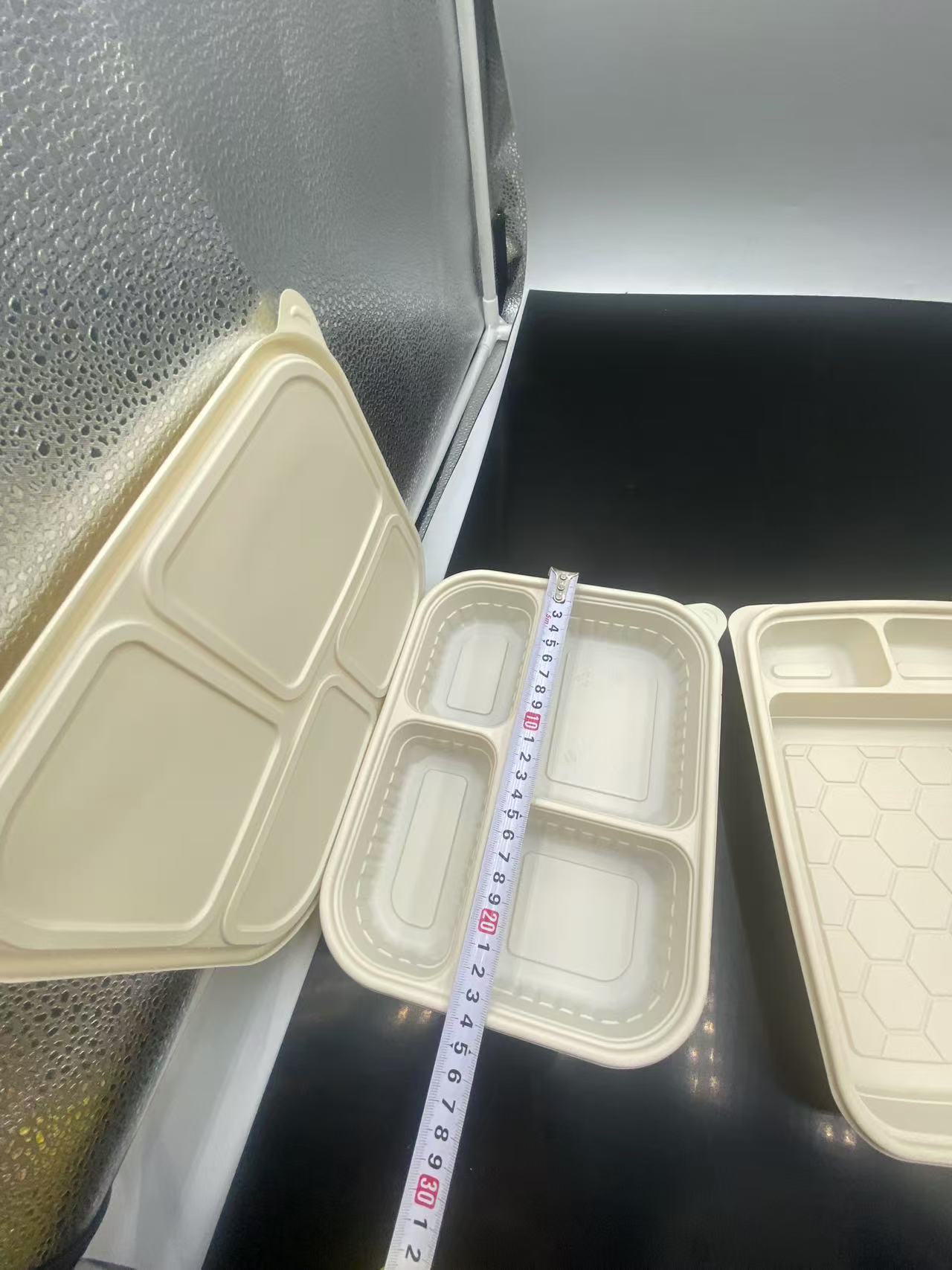
5.1 Enhanced Performance Properties
Research and development efforts will focus on improving the thermal and mechanical properties of PLA. Scientists and engineers will strive to create PLA formulations that can withstand higher temperatures, making it suitable for a wider range of hot food and beverage applications. For instance, such work as the development of new additives or blends enabling the increase in glass transition temperature of PLA may permit its tableware to use at boiling water or even for hot soups serving. Furthermore, the processing of mechanical strength and resilience to breakage will be improved to reinforce its performance, especially against those highly demanding foodservice sectors.
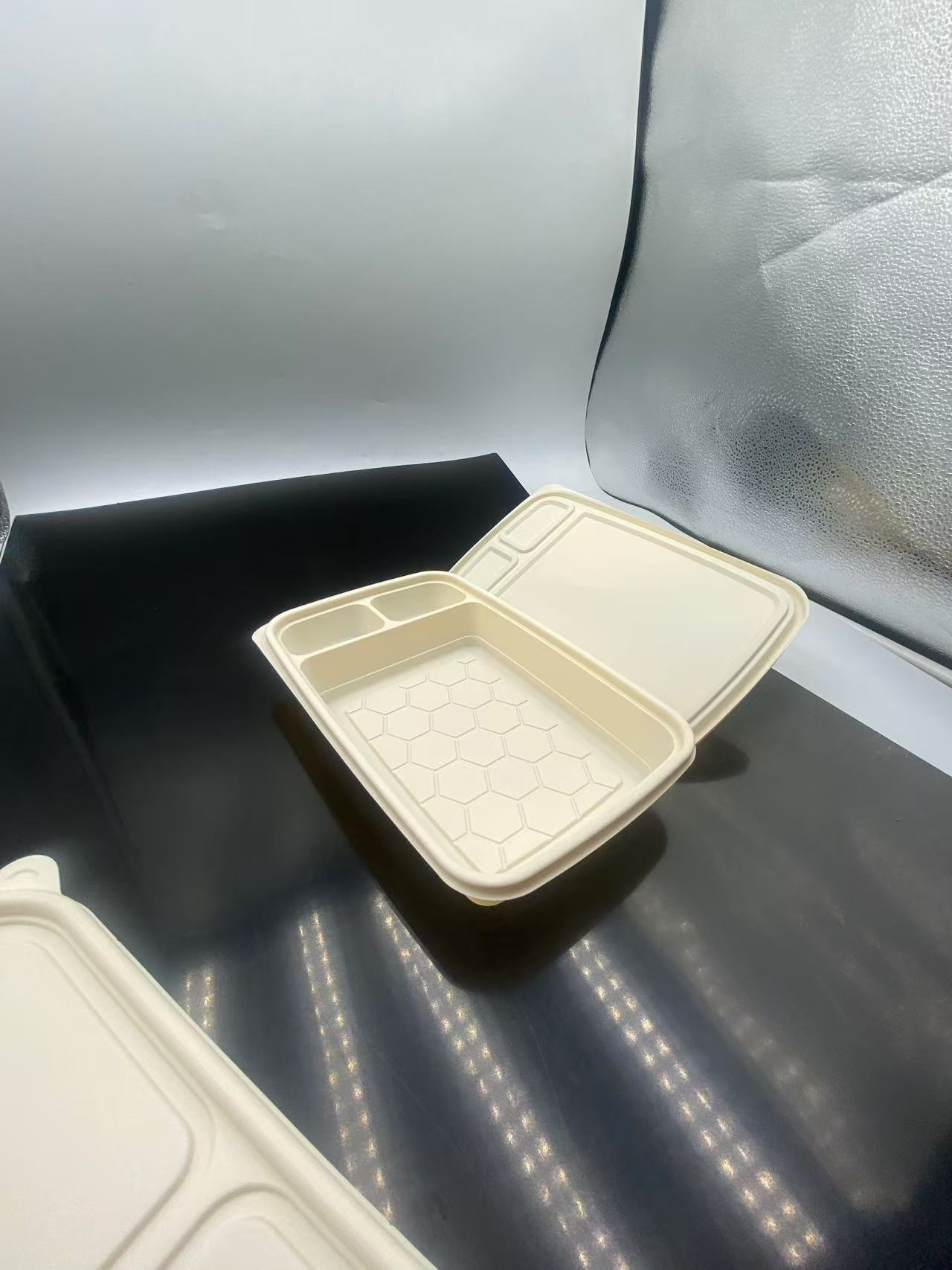
5.2 Blends and Composites
There will be a higher tendency to use PLA blends and composites with other materials. Combining PLA with natural fibers, like bamboo or hemp, or other biodegradable polymers, tableware with value-added properties could be made by the manufacturer. A composite of PLA with bamboo might increase the strength and rigidity while still maintaining biodegradability. These blends and composites may offer improved barrier properties, too, which could be helpful in packaging applications where either moisture or gas resistance might be required. The preparation of such hybrid materials will increase the applications of PLA-based tableware and packaging and create new markets or applications.
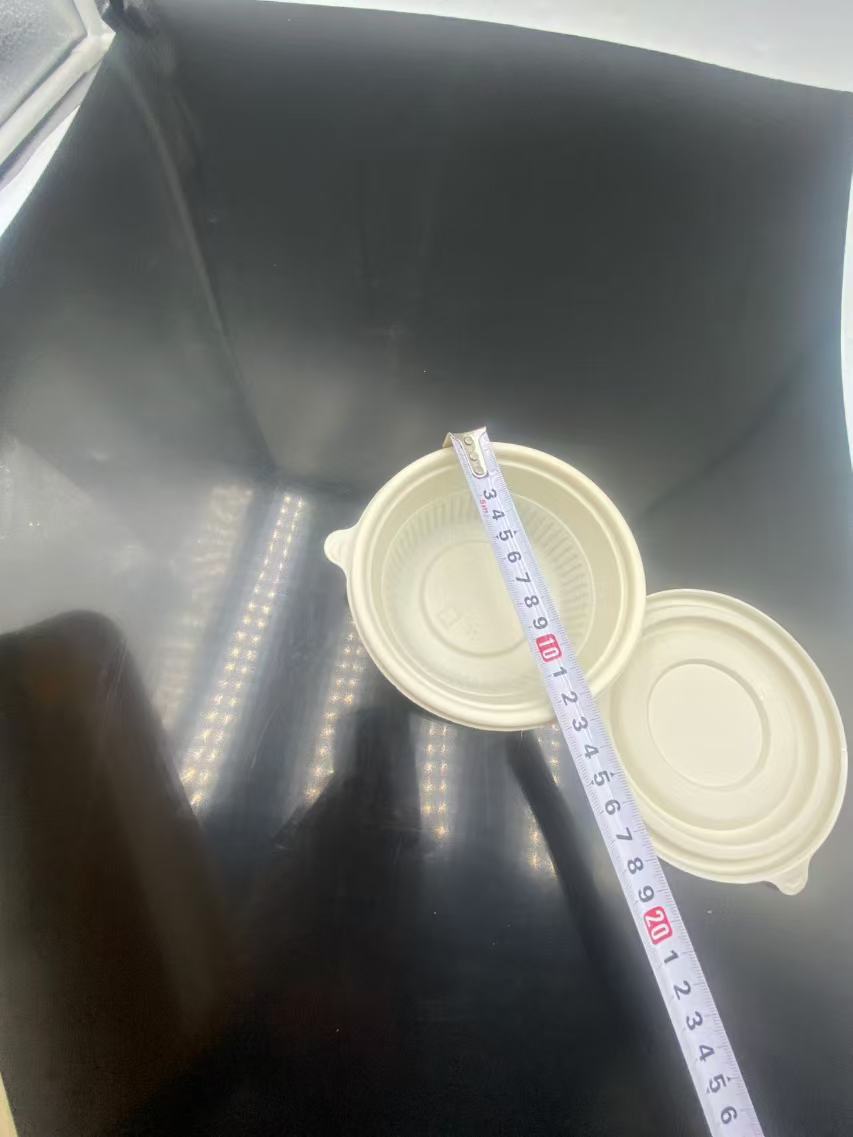
5.3 Smart and Functional Tableware Smart and functional tableware based on PLA is an emerging idea. This could include tableware with built-in sensors that could detect food freshness, temperature, or even the presence of contaminants. For example, a PLA plate coated with a sensor that changes color when the food on it has spoiled could help prevent foodborne illnesses and reduce food waste. Functional coatings that make the PLA tableware antimicrobial, self-cleaning, or have other useful properties could also be applied. These intelligent and practical features will not only add more utility to PLA tableware but also create added value and differentiation in the marketplace.
5.4 Enhanced Composting Infrastructure
At the same time, to be able to realize the full potential of biodegradable PLA blister tableware, improved composting infrastructure will be required. More cities and communities will invest in industrial composting facilities that can process PLA waste effectively. Besides, there will be a need for consumer and enterprise education on proper composting practices for the appropriate disposal of PLA tableware. This shall involve the development of clear labeling and guidelines on the composting of PLA and promotion of the use of backyard composting for waste management at smaller scales. The expansion of composting infrastructure will also support the growth of the circular economy and encourage the use of more biodegradable materials in general.
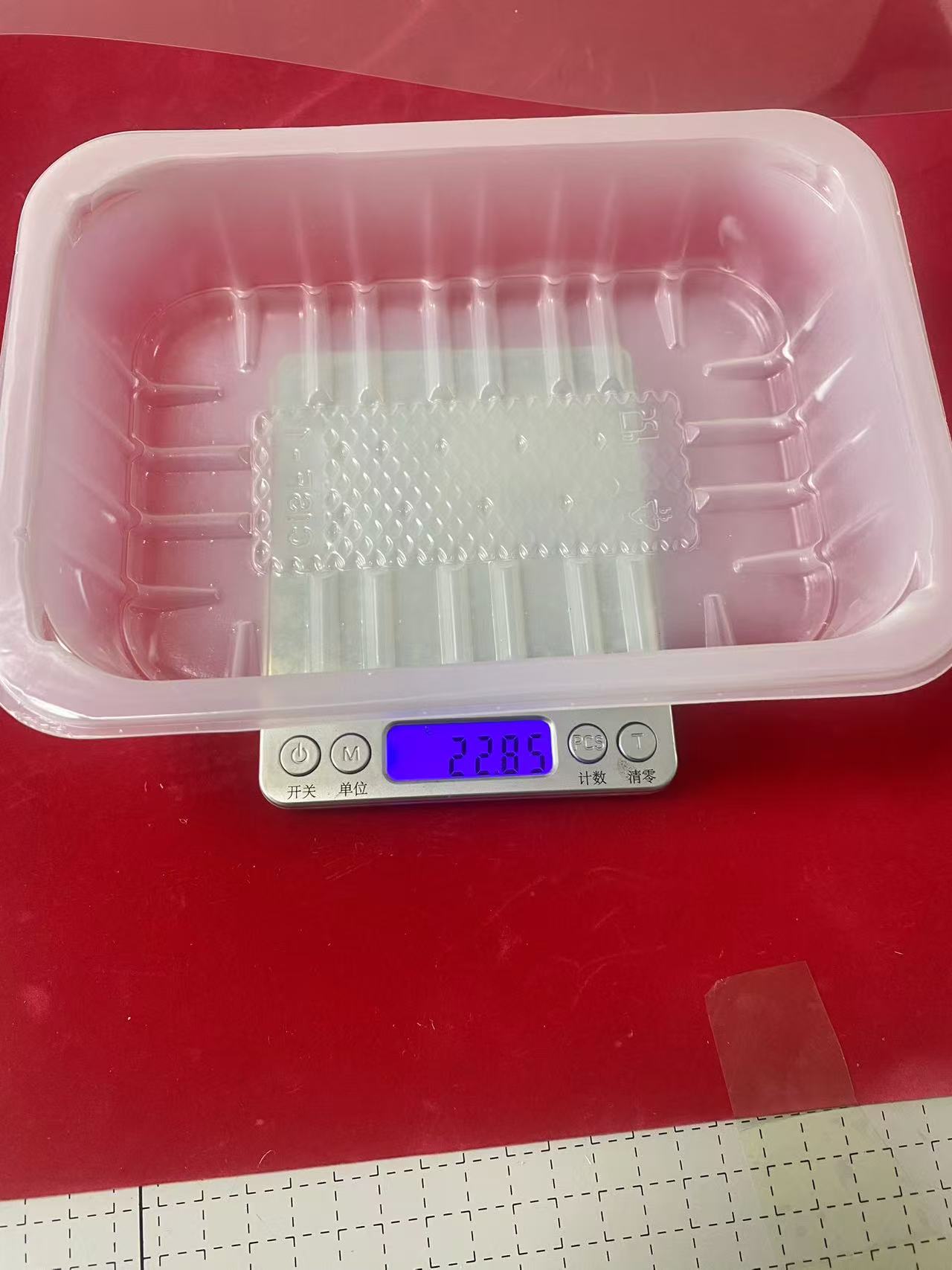
5.5 Global Adoption and Standardization
Biodegradable PLA blister tableware is expected to see increased global adoption, with a drive for greater international standardization. As more countries and regions begin to realize the benefits of PLA tableware, they will develop policies and regulations that encourage their use. This will bring harmony in the production, labeling, and disposal of PLA tableware,
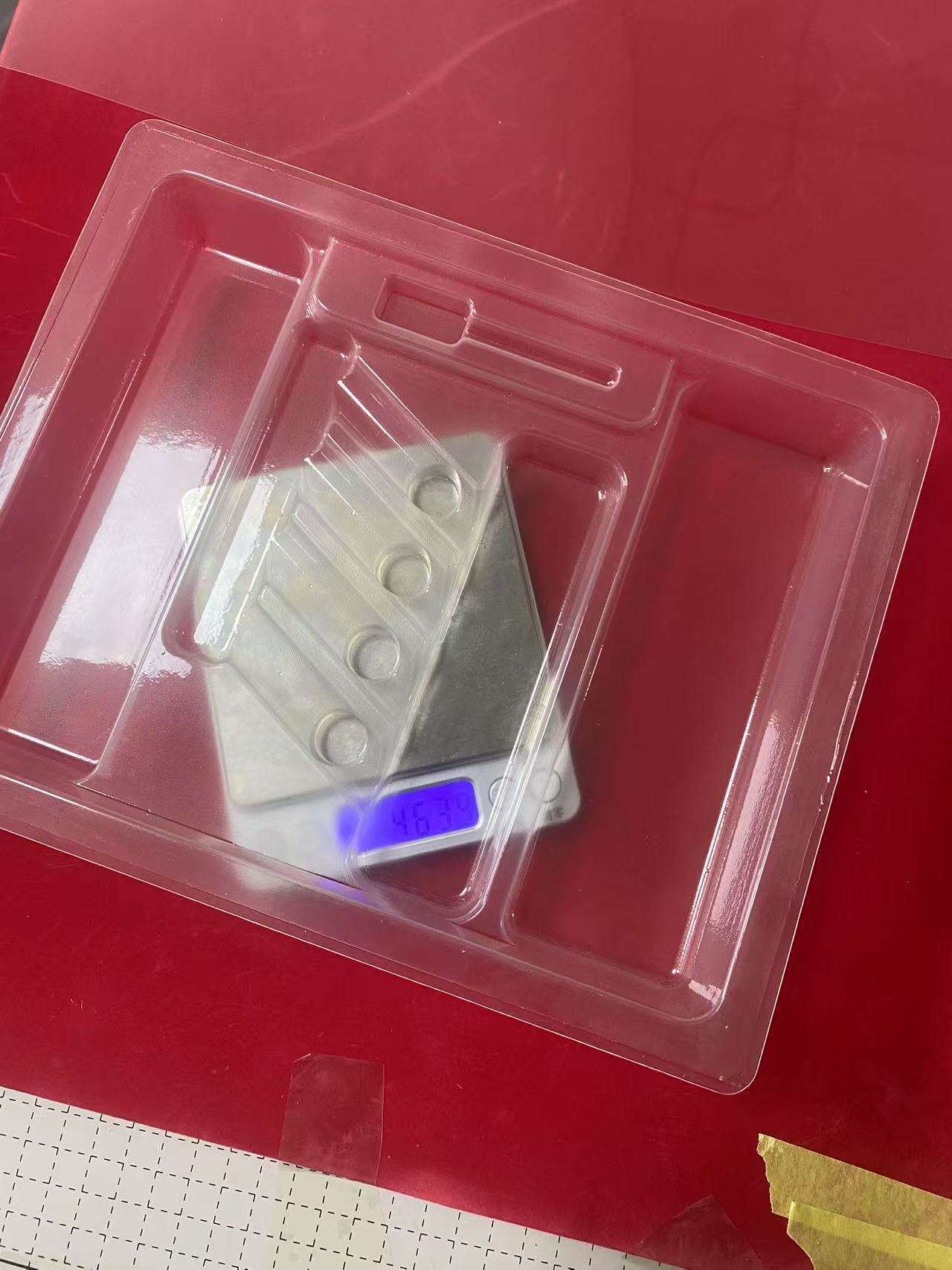
thus creating an easy time for companies to operate across borders and for consumers to make informed choices. International standardization will also ensure that PLA tableware is produced to a quality and environmentally performative standard, gaining trust and confidence in the product from all parties. Conclusion Biodegradable PLA blister tableware marks an important milestone in the road toward sustainable tableware solutions. With its unique properties, wide applicability, and positive environmental and social impacts,
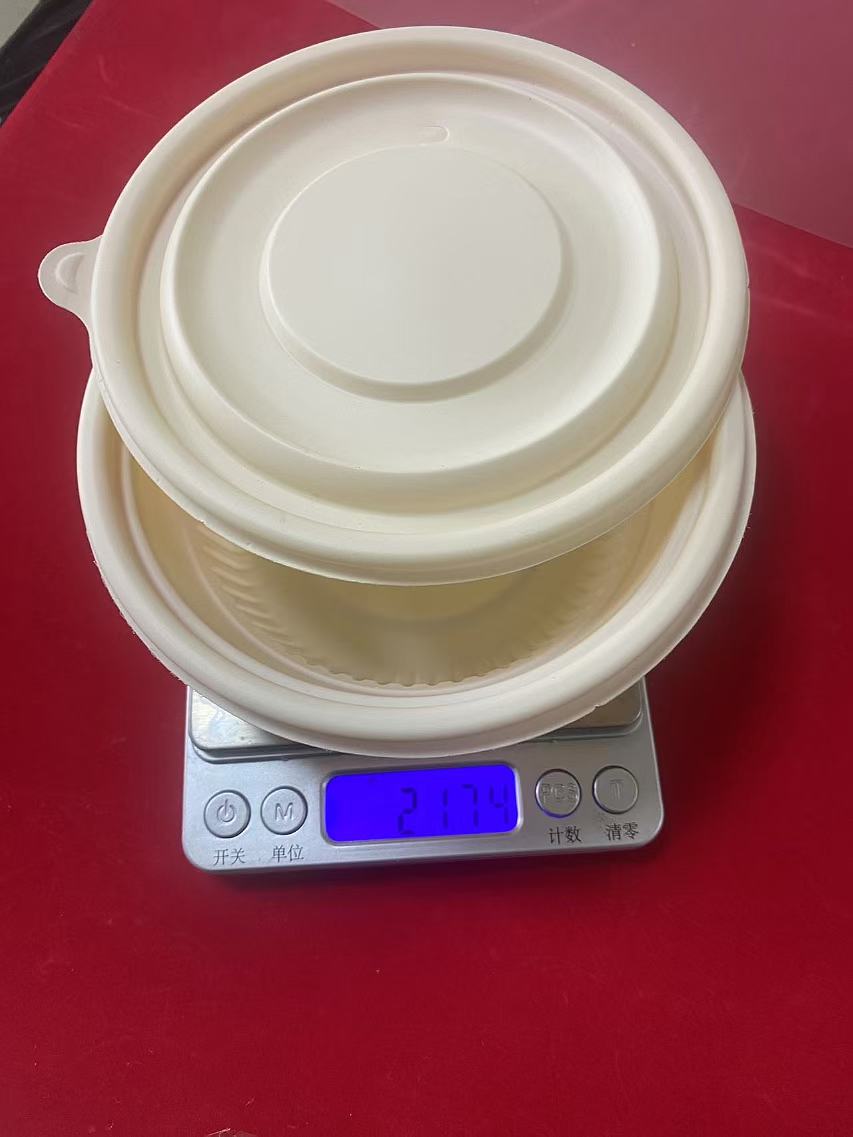
it provides a promising alternative to traditional plastic tableware. With ongoing research and development, further growth in consumer awareness, and continued regulatory support, the future of PLA blister tableware indeed looks very bright and is set to play an increasingly important role in the global effort to reduce plastic waste and protect the environment

Within 15-20 days after received payment...more

